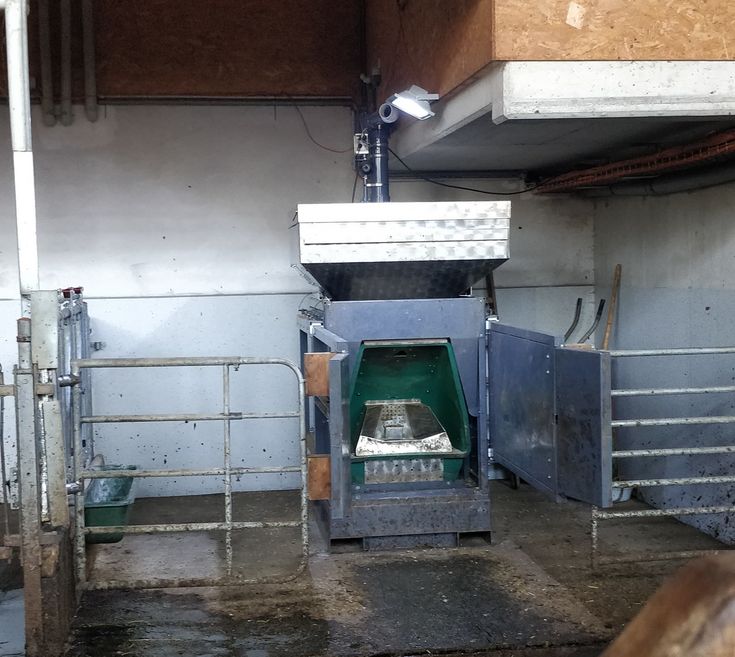Direct and indirect traits for energy efficiency and greenhouse gas emissions in dairy cows
SUPERVISOR: Werner ZOLLITSCH
PROJECT ASSIGNED TO: Sarah-Joe BURN
Livestock production, especially ruminants, contribute a high percentage to the greenhouse gas (GHG) emissions from the agricultural sector. Enteric fermentation accounts for 54% of the total emissions from the agricultural sector. Therefore, the reduction of the GHG emissions from livestock production is essential (Anderl et al., 2022).
Selective breeding is one of the possible mitigation strategies to reduce enteric methane. Selection for reduced methane emissions can be achieved either via direct or indirect selection. While direct selection is based on phenotypic emission measurements, the indirect selection focuses on traits that are correlated with methane emissions (Fouts et al., 2022).
Additionally, selecting for improved feed efficiency not only leads to a decrease in methane emissions, but also reduces the production costs (Connor, 2015). However, collecting phenotypes for traits like dry matter intake (DMI) is labor-intensive and expensive. Therefore, routinely collected phenotypes of indirect traits (e.g., energy balance, mid-infrared (MIR) spectral data, CO2 emissions) that correlate with DMI are alternative selection traits.
In summary, breeding for higher efficiency and reduced GHG emissions has the potential to reduce the environmental impact of dairy production. In order to implement these two aspects into the routine genetic evaluation, direct and indirect traits have to be defined and genetically analyzed. With regard to breeding for feed efficiency and reduced GHG emissions, however, the focus of investigations has so far been almost exclusively on Holstein cows. For that reason, the project “breed4green” (https://www.rinderzucht.at/projekt/breed4green.html) was launched with the objective to investigate direct and indirect traits for efficiency and GHG emissions for the breeds Fleckvieh and Brown Swiss.
The aim is to carry out on-farm measurements on approximately 1,000 Fleckvieh and 250 Brown Swiss cows, as well as in-depth measurements at the research station in Raumberg-Gumpenstein. Both methane and CO2 emissions will be measured using the GreenFeed system (C-Lock Inc., Rapid City, SD; Figure 1), along with the collection of additional relevant traits (e.g., health, body weight, energy intake, milk MIR spectra).

Figure 1: GreenFeed system installed at the research station Raumberg-Gumpenstein (Burn 2023)
This doctorate is part of the “breed4green” project and addresses the following research questions:
- Which traits are potentially suitable to be used as indirect traits for energy efficiency?
- Can the differences between individual animals regarding their efficiency be estimated by indirect traits? If so, which factors contribute to these differences?
- Which efficiency traits can be used for breeding based on their genetic parameters?
- What relationships exist between methane and CO2 emissions from dairy cows and their (estimated) energy efficiency?
- What heritabilities and genetic correlations can be derived for methane and CO2 emissions and energy efficiency estimated by indirect traits?
References:
Anderl, M., Friedrich, A., Gangl, M., Kriech, M., Kuschel, V., Lampert, C., et al. (2022). Austria´s National Inventory Report 2022. Vienna, Austria.
Connor, E. E. (2015). Invited review: improving feed efficiency in dairy production: challenges and possibilities. Animal 9, 395–408. doi: 10.1017/S1751731114002997
Fouts, J. Q., Honan, M. C., Roque, B. M., Tricarico, J. M., and Kebreab, E. (2022). Enteric methane mitigation interventions. Transl Anim Sci 6, txac041. doi: 10.1093/tas/txac041
